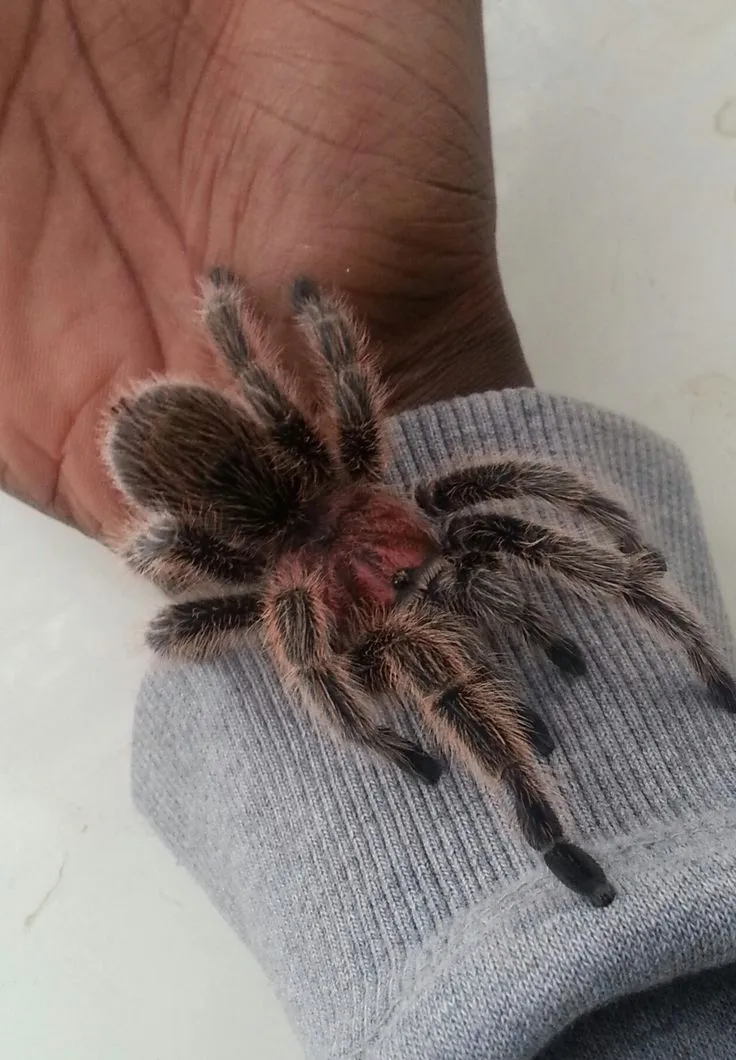Understanding Chilean Rose Tarantula Feeding Needs
Feeding your Chilean Rose Tarantula is a crucial aspect of responsible pet ownership. These fascinating creatures have specific dietary requirements that must be met to ensure their health, longevity, and overall well-being. Unlike many other pets, tarantulas don’t need to be fed daily; their feeding frequency depends on various factors, including their age, size, and environmental conditions. Understanding these needs is the first step towards providing optimal care and creating a thriving environment for your eight-legged friend. Incorrect feeding can lead to serious health problems, so it’s vital to get it right from the start. This guide delves into the key aspects of feeding your Chilean Rose Tarantula, offering expert tips to help you succeed.
Factors Influencing Feeding Frequency
The frequency with which you feed your Chilean Rose Tarantula isn’t a fixed number. Several factors play a significant role in determining the ideal feeding schedule. These include the age of your tarantula, its current size, and the environmental conditions in its enclosure. As a responsible tarantula owner, you must understand these influences to provide the best care possible. Monitoring your pet’s behavior and physical condition will also help you fine-tune the feeding routine and guarantee your tarantula is getting the nourishment it needs.
Tarantula’s Age
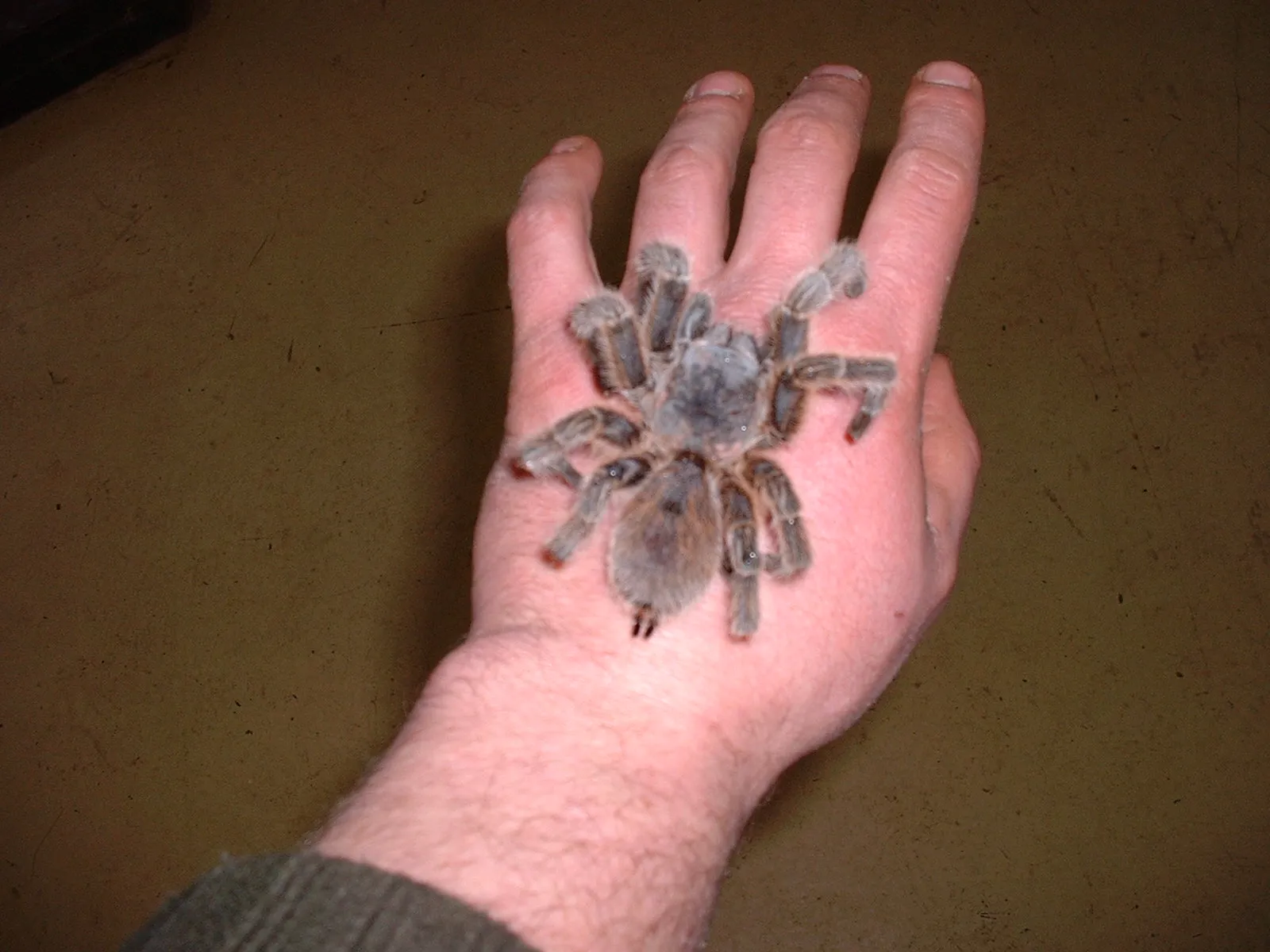
The age of your Chilean Rose Tarantula is a primary determinant of its feeding needs. Spiderlings (young tarantulas) require more frequent feedings than adults because they’re actively growing and developing. Spiderlings may need to be fed two to three times a week. As they mature, their metabolism slows down, and the need for frequent feedings decreases. Sub-adults (tarantulas nearing adulthood) can be fed once or twice a week. Adult Chilean Rose Tarantulas generally require feeding only once every one to two weeks, depending on their individual appetite and activity levels. Adjusting the frequency according to age is critical for avoiding overfeeding and ensuring optimal health.
Size of the Tarantula
The size of your Chilean Rose Tarantula is directly related to how much food it needs. Larger tarantulas have greater energy demands and therefore require more food per feeding than smaller ones. When your tarantula molts (sheds its exoskeleton), it will typically have a larger appetite. This is because the molting process is energy-intensive. Observe your tarantula’s body condition. A plump abdomen usually indicates that it is well-fed, while a thin abdomen might signify that it needs more food. Adjusting the size of the prey offered, along with the feeding frequency, is a key aspect of care.
Environmental Conditions
Environmental conditions, primarily temperature, can also affect your tarantula’s feeding habits. Tarantulas are ectothermic, meaning their body temperature relies on the surrounding environment. Warmer temperatures often increase their metabolism, leading to a greater appetite. If your tarantula’s enclosure is kept at a higher temperature, it might require more frequent feedings. Conversely, colder temperatures can slow down their metabolism, resulting in less frequent feeding needs. Humidity levels, too, can impact their feeding behavior, as they need to stay hydrated. Make sure you are providing the right temperature and humidity for your tarantula to thrive, and adjust your feeding schedule accordingly.
Recognizing a Hungry Tarantula
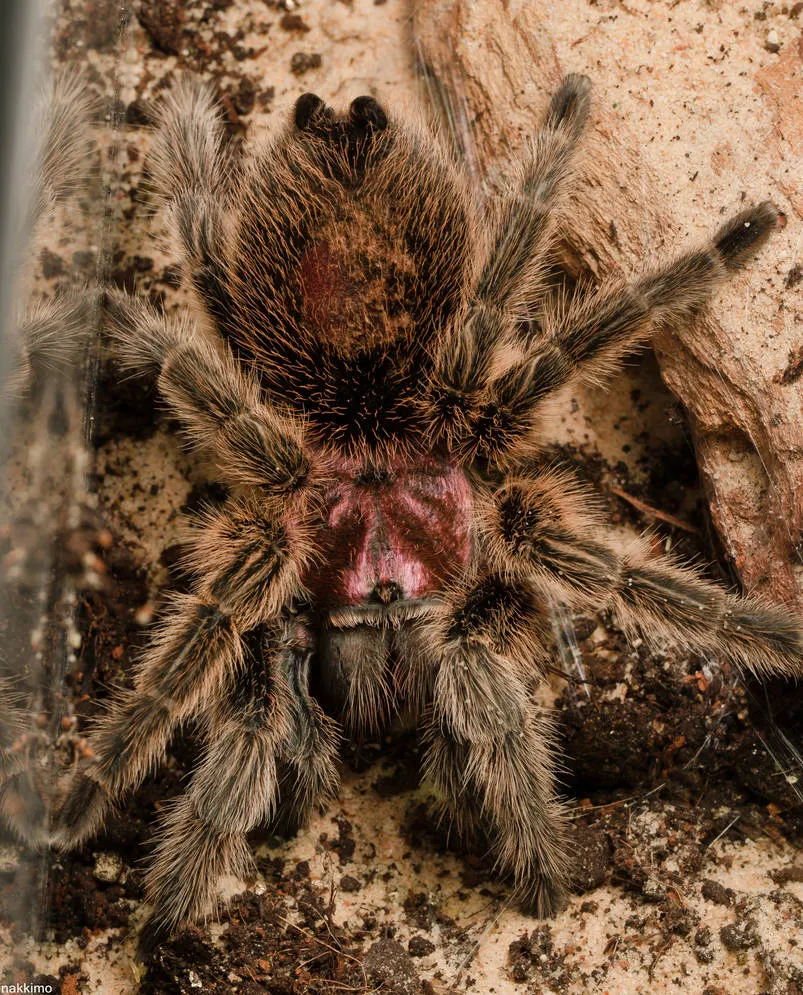
Knowing when your Chilean Rose Tarantula is hungry is crucial to its well-being. Unlike some pets that constantly beg for food, tarantulas are more subtle in their displays. Learning to recognize the signs of hunger will allow you to adjust their feeding schedule and provide appropriate care. There are both behavioral and physical indicators you can watch for, offering valuable insights into your tarantula’s needs and appetite. Paying close attention to your tarantula’s behavior and body condition is a must for proper care.
Behavioral Cues
Several behavioral cues can signal that your Chilean Rose Tarantula is ready to eat. A hungry tarantula might become more active, exploring its enclosure more frequently than usual. It may also exhibit a ‘hunting’ posture, where it sits with its legs spread out, ready to pounce on prey. Some tarantulas may also become more aggressive or show heightened interest in movement, such as when you open the enclosure. These behavioral signs may suggest that your tarantula is ready for a meal. Make sure you observe these behaviors, combined with other factors, to help determine the feeding schedule.
Physical Indicators
Physical indicators also play a role in determining if your tarantula is hungry. The most significant of these is the size of the abdomen. A healthy Chilean Rose Tarantula will have a plump abdomen, showing it has adequate food reserves. As they digest food, their abdomen will shrink. A tarantula with a noticeably thin abdomen might be underfed and require more frequent meals. Monitor your tarantula’s body condition regularly to make informed decisions about its feeding schedule. Furthermore, after molting, tarantulas often have a bigger appetite and might eat more than usual.
Best Food Options for Chilean Rose Tarantulas
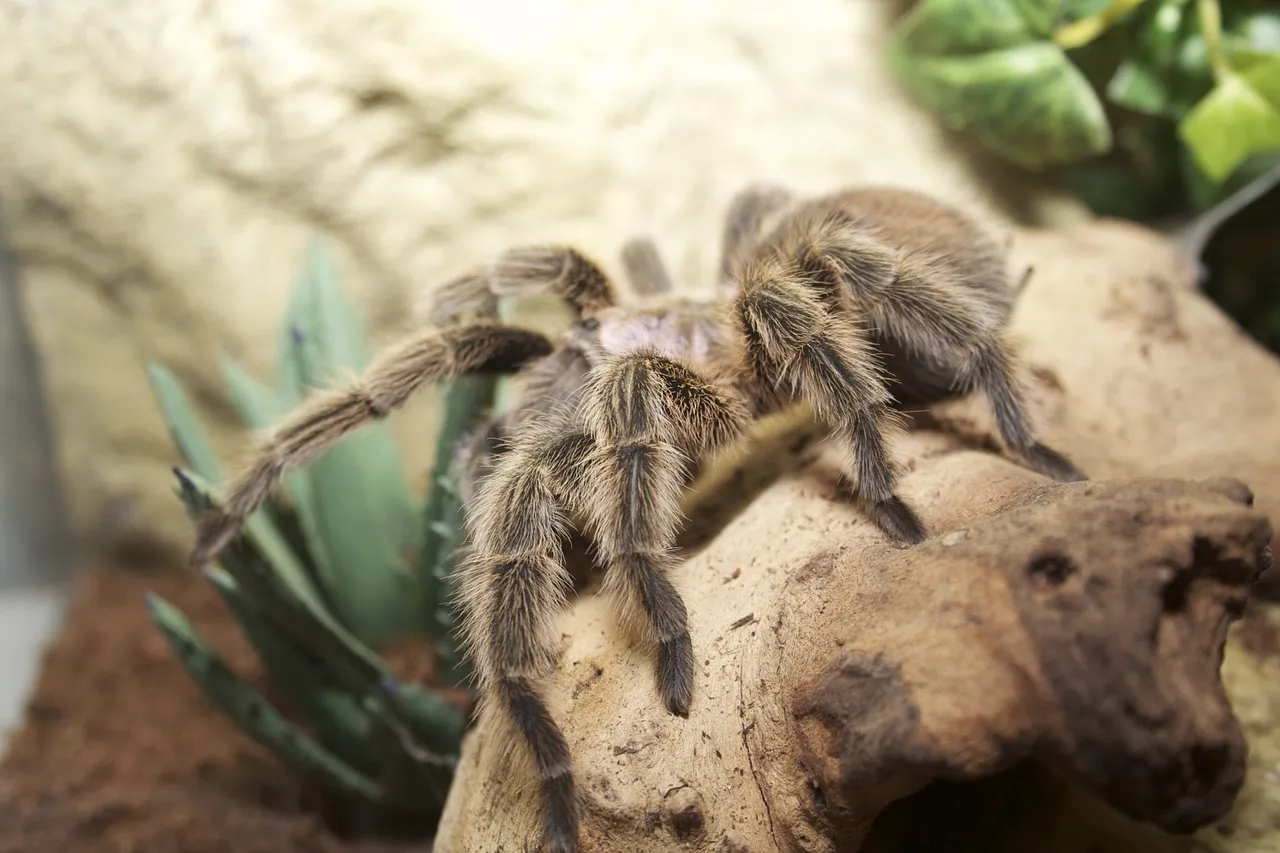
Providing a nutritious and varied diet is essential for the health and vitality of your Chilean Rose Tarantula. These tarantulas are insectivores, meaning their diet should primarily consist of insects. While there are different ways to feed your tarantula, understanding the best food options will help you choose the most appropriate prey and maintain a healthy diet. Offer a variety of food items to ensure that your pet receives the nutrients it needs to thrive, keeping in mind the size and age of your tarantula.
Live Insects
Live insects are the cornerstone of a Chilean Rose Tarantula’s diet, providing essential protein and nutrients. Offering live prey stimulates the tarantula’s natural hunting instincts and keeps them active. Several types of live insects are suitable, including crickets, roaches, and mealworms. When selecting live insects, ensure they are gut-loaded (fed nutritious food before being offered to the tarantula) to enhance their nutritional value. Remove any uneaten insects within 24 hours to prevent them from stressing or harming the tarantula.
Crickets
Crickets are a readily available and popular food source for Chilean Rose Tarantulas. They are easy to breed and maintain, making them a convenient option for tarantula keepers. However, crickets can sometimes be noisy and may stress the tarantula if left in the enclosure for too long. Ensure the crickets are appropriately sized (smaller than the tarantula’s body) and gut-loaded before feeding. Remove any uneaten crickets quickly to prevent potential harm or stress.
Roaches
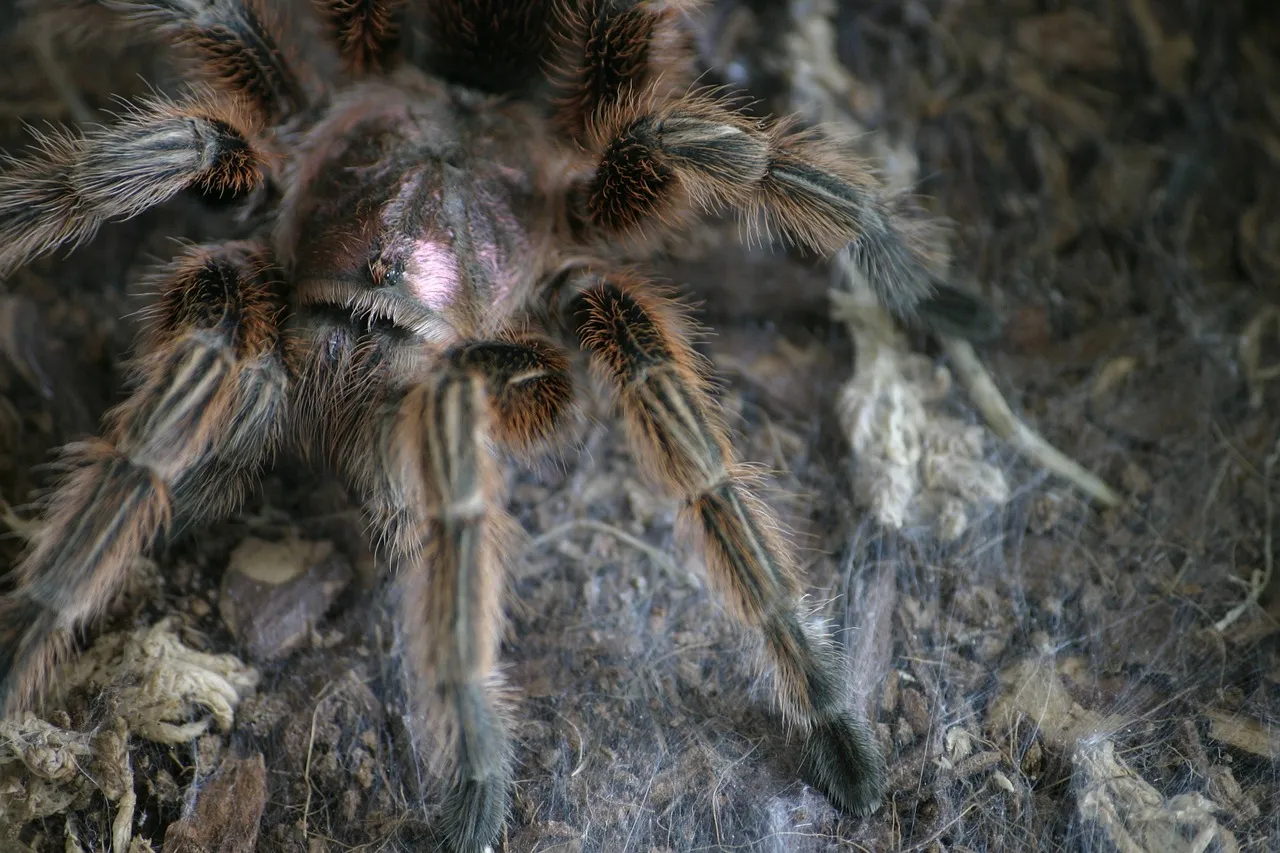
Roaches, such as Dubia roaches, are another excellent food option for Chilean Rose Tarantulas. They are highly nutritious, easy to breed, and less noisy than crickets. Roaches are also less likely to burrow and hide, making them easier for the tarantula to catch. Similar to crickets, ensure the roaches are gut-loaded before feeding, and offer the appropriately sized insects to the tarantula. Roaches are often considered a healthier option due to their higher protein content.
Mealworms
Mealworms are a convenient and readily available food source, though they are less nutritious than crickets or roaches. They can be a good supplemental food, but shouldn’t be the primary part of the tarantula’s diet. Mealworms are relatively easy to store and can be a good option if other food sources are unavailable. Overfeeding mealworms, however, can lead to nutritional deficiencies. As always, ensure the mealworms are of appropriate size for your tarantula.
Pre-Killed Food
While live insects are usually the best choice, pre-killed food can be an alternative in specific situations. For example, if you are away on vacation, pre-killed insects can be left in the enclosure. However, it is crucial to understand that pre-killed food lacks the movement that stimulates a tarantula’s natural hunting instincts. Only offer appropriately sized insects and ensure the food is fresh. Pre-killed food should not be the sole diet for your tarantula, but may serve as an occasional supplement or in situations of need.
Feeding Guidelines and Best Practices
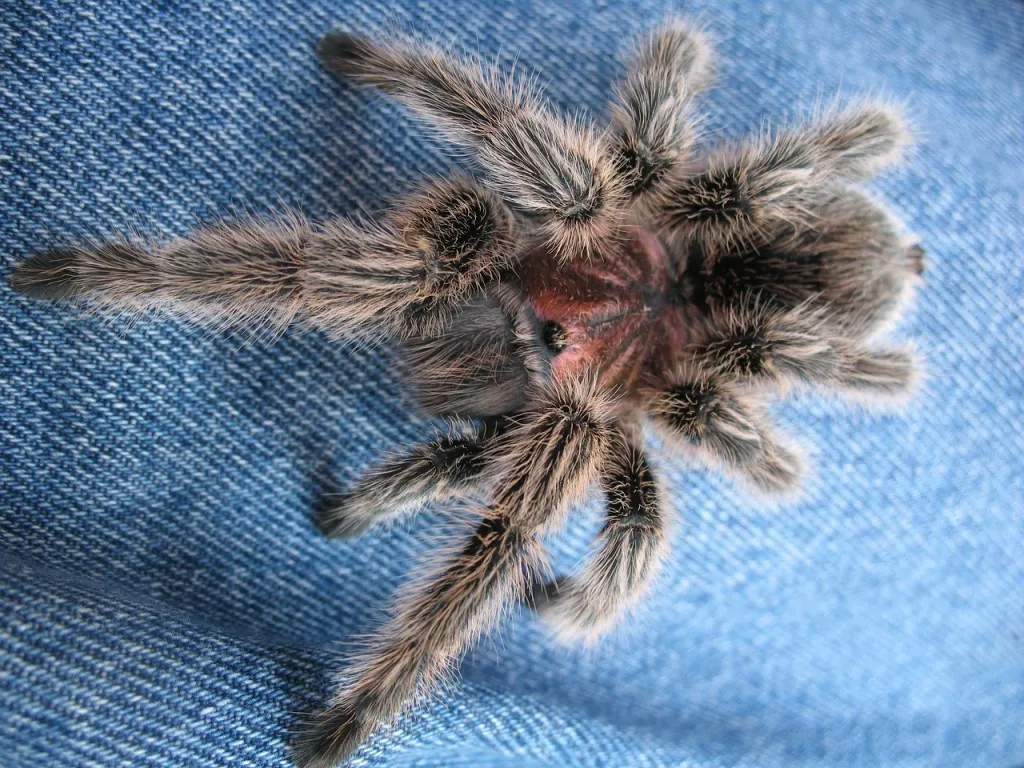
Adhering to sound feeding guidelines and best practices is essential for the health and longevity of your Chilean Rose Tarantula. By following a structured feeding schedule, providing fresh water, and ensuring your handling is safe, you can create a healthy and stimulating environment for your pet. These best practices will help ensure your tarantula thrives in your care. The specific practices will ensure the best outcomes for both the tarantula and the owner.
Feeding Schedule
Establishing a consistent feeding schedule will help maintain your tarantula’s health and well-being. Feed spiderlings two to three times a week, sub-adults once or twice a week, and adults once every one to two weeks, depending on their appetite. Observe your tarantula’s behavior and body condition to adjust the frequency if needed. Avoid overfeeding, which can lead to obesity, and underfeeding, which can cause malnutrition. The schedule might require adjustments due to external factors.
Water and Hydration
Providing fresh water is as important as providing food. Chilean Rose Tarantulas need constant access to clean water to stay hydrated, especially in a dry environment. Offer water in a shallow dish or water source that will prevent drowning. Regularly refill the water dish and clean it to prevent bacterial growth. Maintaining the proper humidity levels in your tarantula’s enclosure also contributes to their hydration. Water is vital to the tarantula’s overall well-being, playing an important role in their health.
Handling and Safety
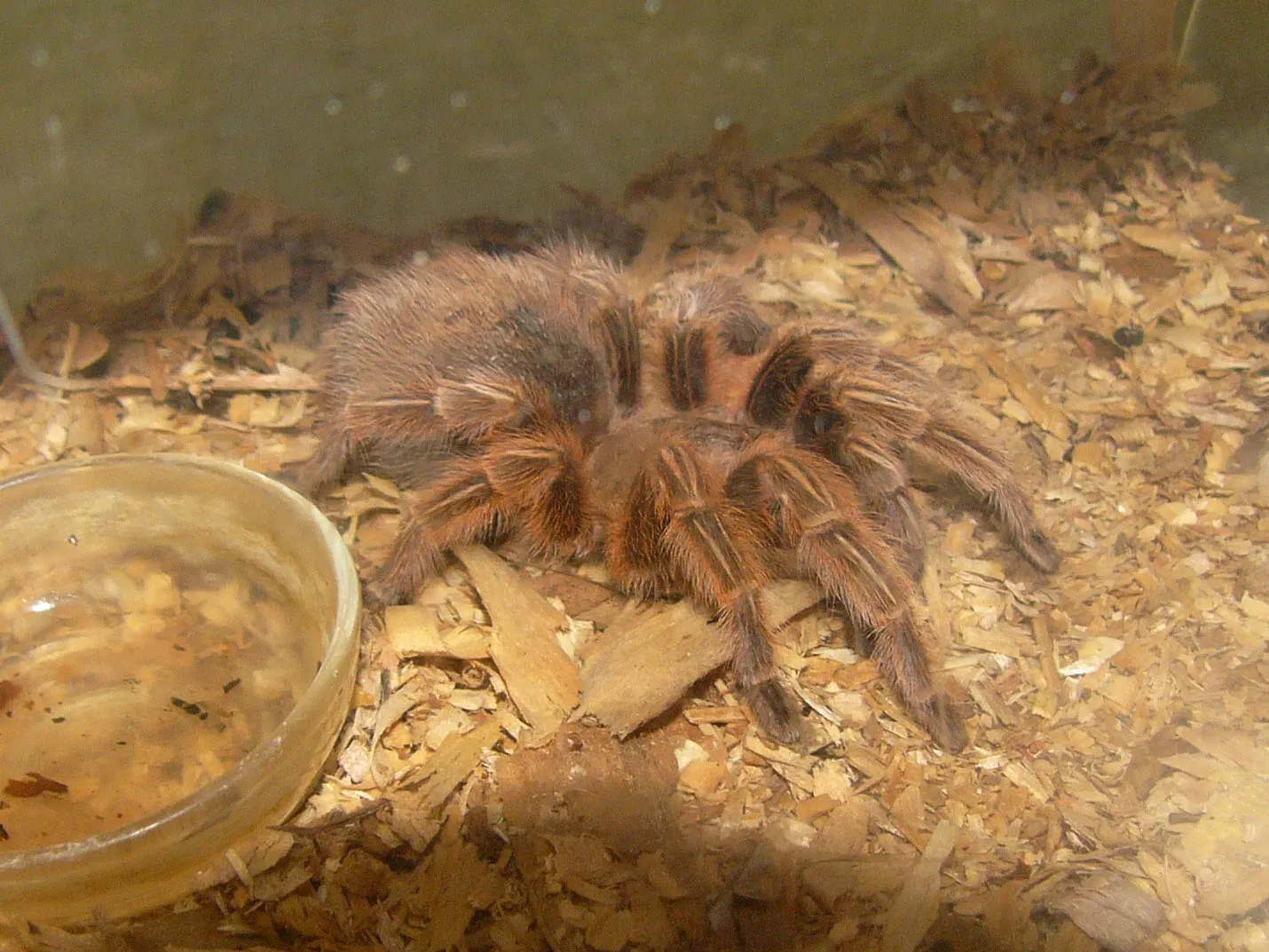
Handling your Chilean Rose Tarantula should be done with caution and minimal frequency. While these tarantulas are generally docile, they can bite if they feel threatened or stressed. When handling is necessary (e.g., for cleaning or moving), do so gently and slowly, ensuring the tarantula is calm. Avoid any sudden movements that could startle your tarantula. Wash your hands thoroughly before and after handling. Keeping your tarantula’s enclosure clean and safe is the most important aspect of care.
Common Feeding Mistakes to Avoid
Avoiding common feeding mistakes can prevent potential health issues and ensure that your Chilean Rose Tarantula thrives. Overfeeding, underfeeding, and providing a poor diet are some of the most frequent errors made by tarantula owners. By being aware of these pitfalls and understanding the correct feeding practices, you can provide the best possible care and support your pet’s longevity and well-being. Correcting these mistakes early will help your tarantula live a long, healthy life.
Overfeeding
Overfeeding is a prevalent mistake that can lead to serious health problems in tarantulas. Excessive food can result in obesity, which can shorten your pet’s lifespan. A tarantula with an overly plump abdomen can become sluggish, struggle to molt, and may experience other health complications. Stick to the recommended feeding schedule and prey sizes, and monitor your tarantula’s body condition. If your tarantula consistently refuses food, reduce the frequency or size of the meals.
Underfeeding
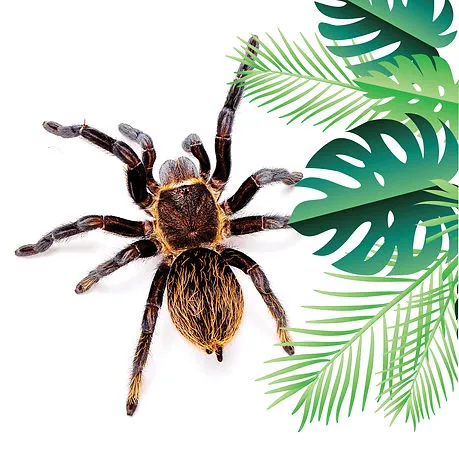
Underfeeding can also have negative consequences for your Chilean Rose Tarantula. If a tarantula doesn’t get enough food, it can become malnourished and weak, impacting its growth, molting process, and overall health. Pay attention to your tarantula’s activity level, abdomen size, and appetite. If it appears thin or sluggish, increase the frequency or size of the meals. Monitor their behavior and make sure they eat enough to keep them healthy and active.
Poor Diet
Providing a poor diet, such as only feeding one type of insect (e.g., mealworms), can lead to nutritional deficiencies. Offering a varied diet of gut-loaded insects ensures that your tarantula receives a wide range of essential nutrients. Research and consider a mixture of different insects for a balanced diet. Supplementing the diet with calcium or other vitamins is generally not necessary, provided the tarantula receives a balanced diet.
